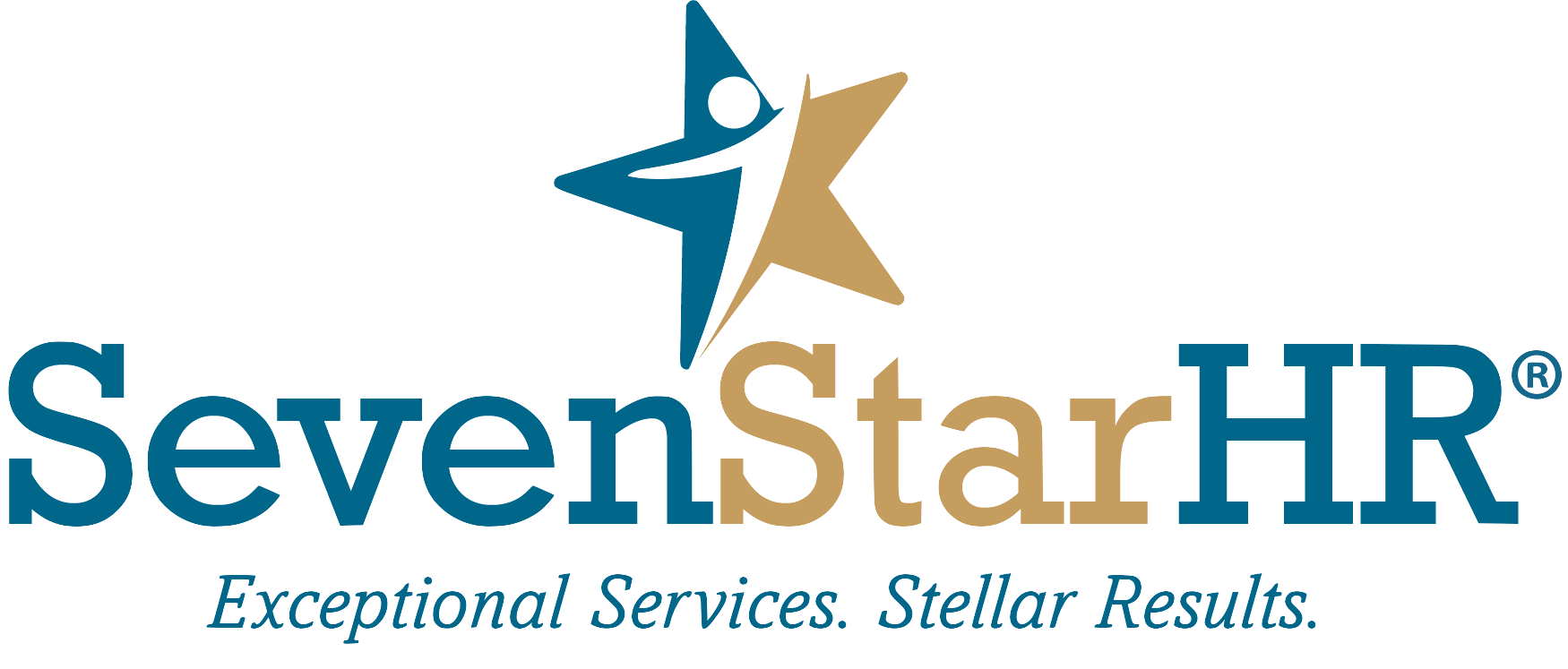The Integration of AI in the Workplace: A Look at HR Trends for 2024
Over the past year, the integration of artificial intelligence (AI) in the workplace has become a focal point of discussion and speculation. According to the 2023-24 SHRM State of the Workplace Report, a quarter of HR departments are currently leveraging AI, primarily in talent acquisition, employee training, and development.
Despite the excitement surrounding AI's potential, both HR professionals and U.S. workers rank its integration as the lowest organizational priority for 2023.
Current Landscape of AI Integration in HR
The SHRM report indicates that talent acquisition is the leading area for AI integration (42%), followed by employee training and development (36%) and people analytics (21%). Alarmingly, only 17% of U.S. workers believe their organizations are effectively integrating AI into the workplace. The slow adoption may be attributed to challenges such as the need for training and support, and HR departments prioritizing more immediate concerns.
Looking Ahead to 2025
Despite the current hesitancy, the report suggests a gradual shift towards AI adoption. By 2025, half of HR departments could be using AI, with 15% planning to adopt AI in 2024 and 11% planning to do so after 2024. While the trend is positive, only 20% of HR professionals view AI integration as a high priority for 2024, indicating that there are still reservations and competing priorities.
Addressing Challenges and Opportunities
To effectively integrate AI into the workplace, SHRM recommends the following:
Make Judicious Use of AI for Key Priorities:
Leverage AI for employee development by building clear career paths, addressing mental health concerns, and enhancing retention.
Implement targeted AI applications to reduce repetitive tasks, decrease costs, and increase HR efficiency.
Establish Policies for Responsible AI Use:
Develop guidelines for the ethical use of AI, ensuring legal compliance, risk mitigation, and building trust with employees.
Prioritize the creation of policies, especially in areas prone to biases like talent acquisition and performance management.
Leverage AI for Talent Acquisition:
Implement AI applications to streamline recruitment processes, from generating job descriptions to identifying suitable candidates.
Utilize AI's analytical capabilities to predict candidate success and enhance the overall quality of hires.
Combine AI and Gamification for Employee Development:
Use AI to identify skills gaps and tailor learning experiences for individual employees.
Integrate gamification and AI to create a dynamic learning environment for upskilling and reskilling initiatives.
Build on Existing Strengths to Attract and Retain Talent:
Enhance benefits packages, particularly in areas where organizations are already effective, such as providing affordable health care coverage.
Improve workplace policies around leave and flexible work to engage employees cost-effectively.
While AI integration in HR is gaining traction, it remains a cautious and strategic process for many organizations.

